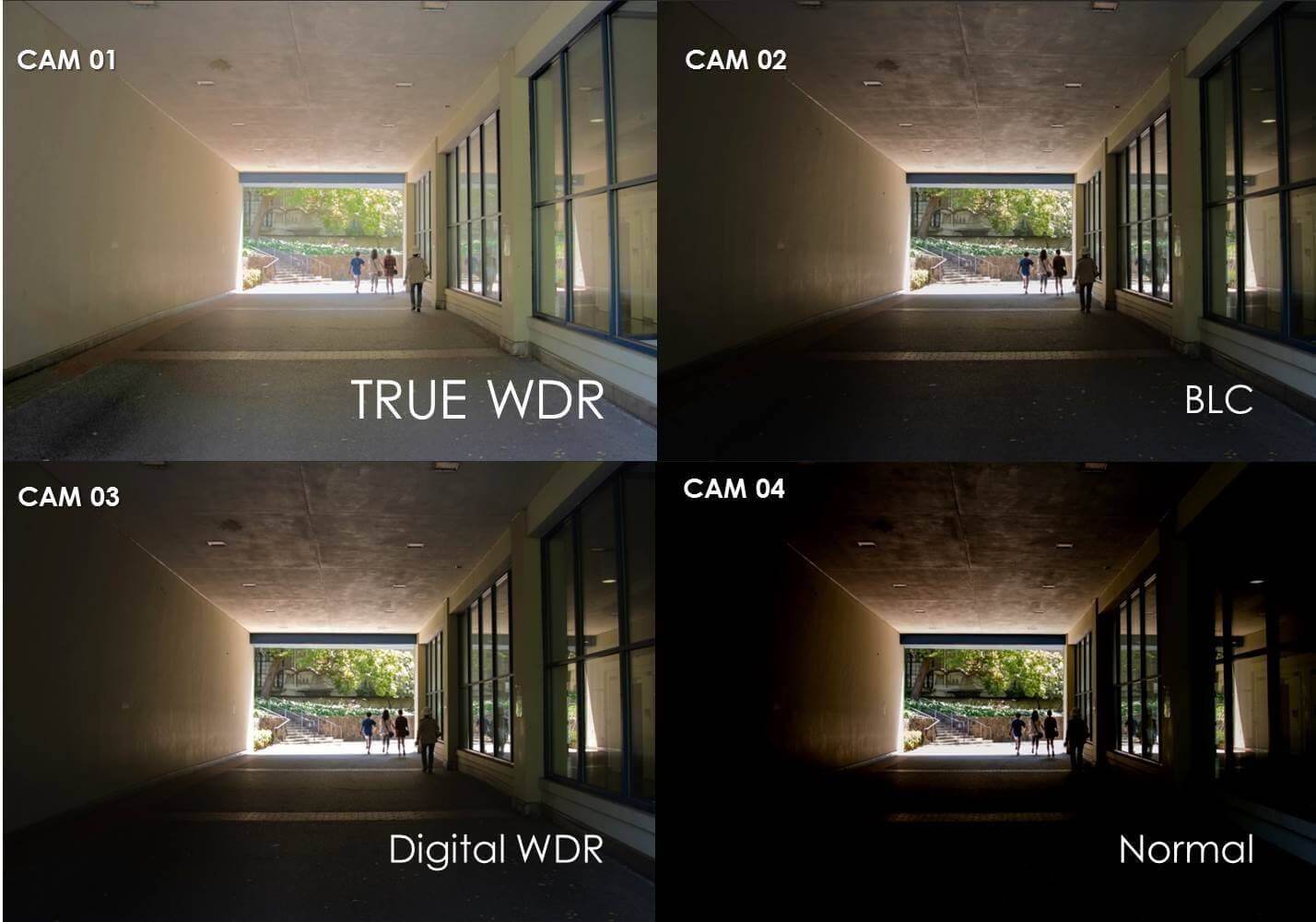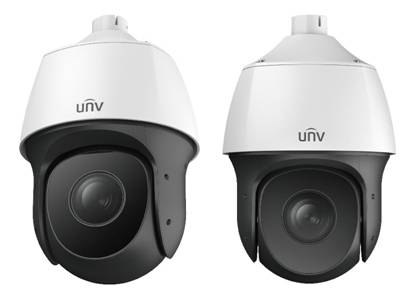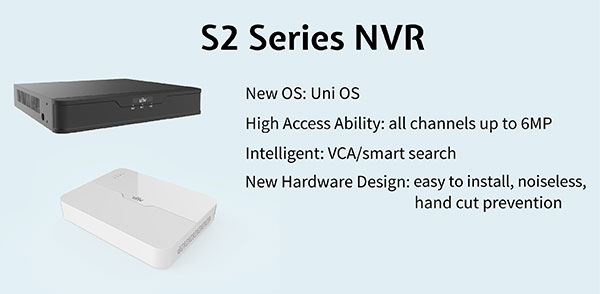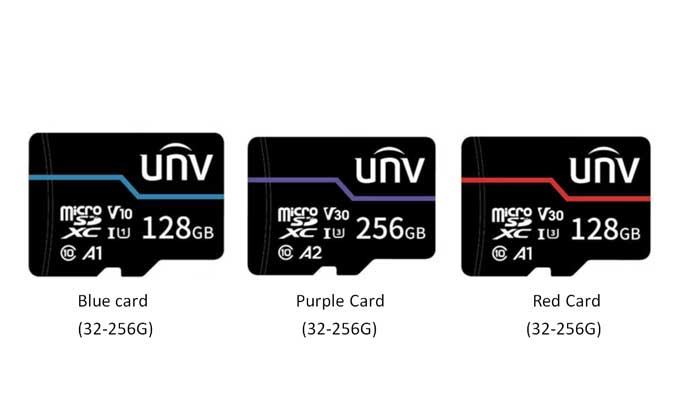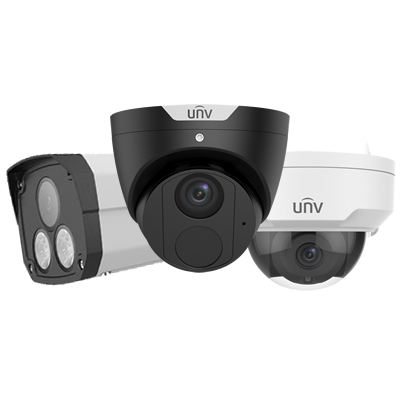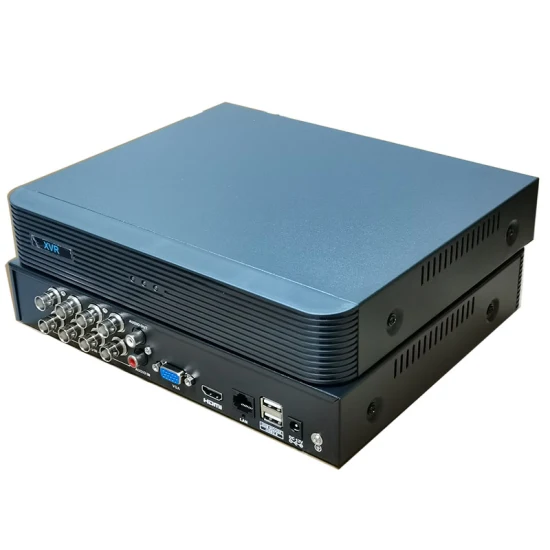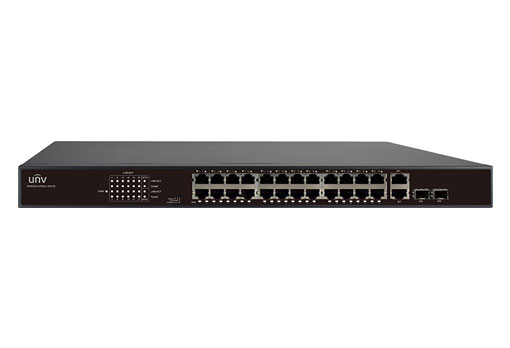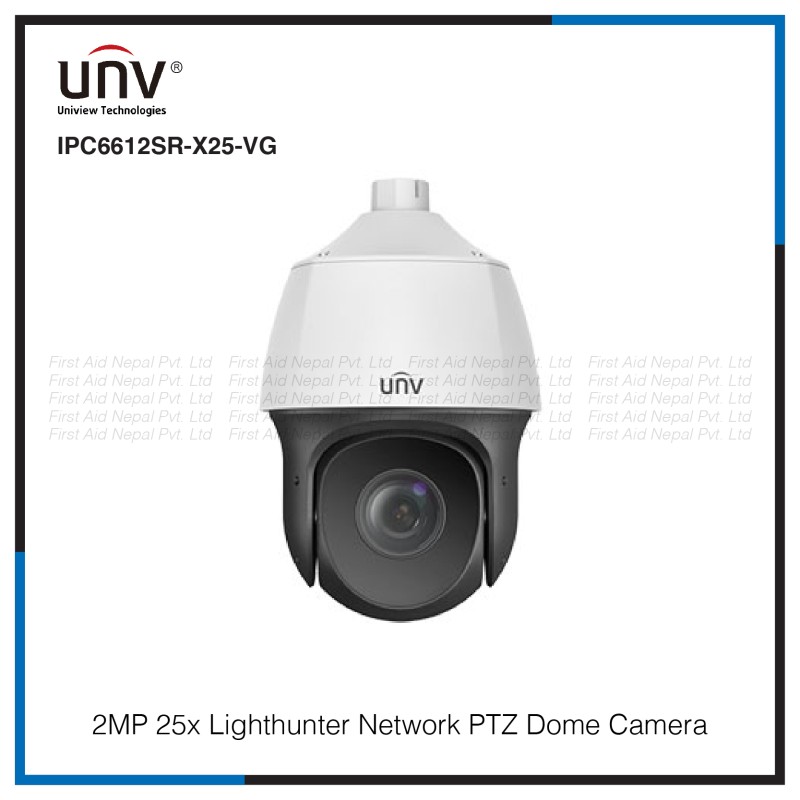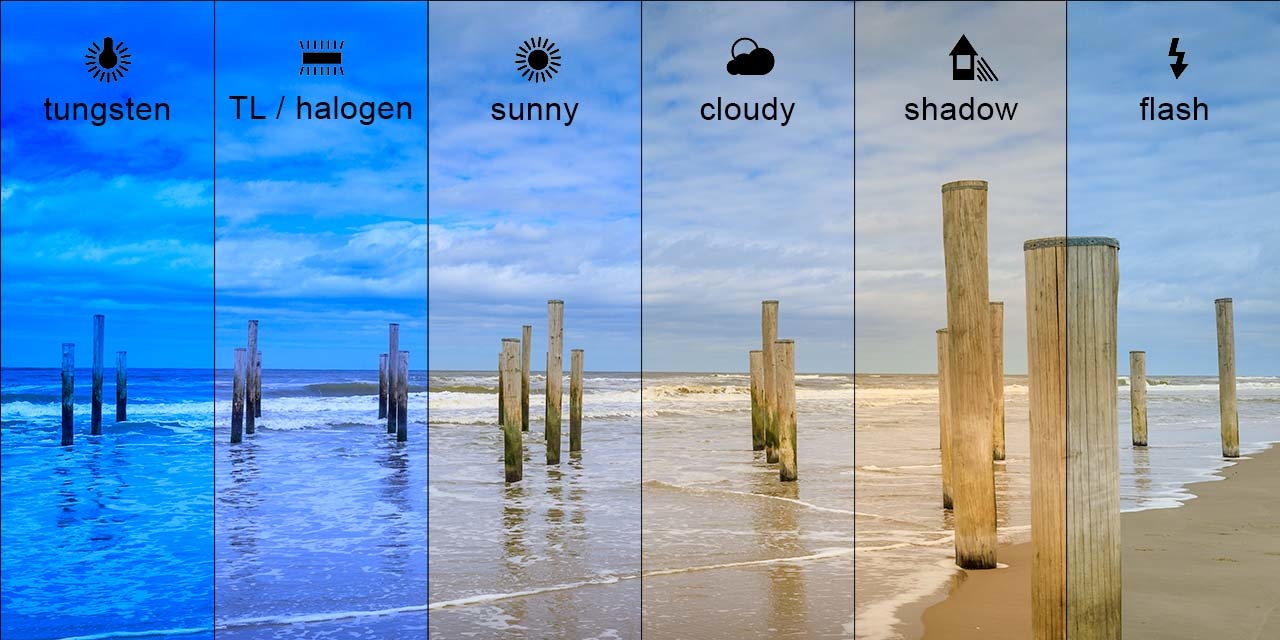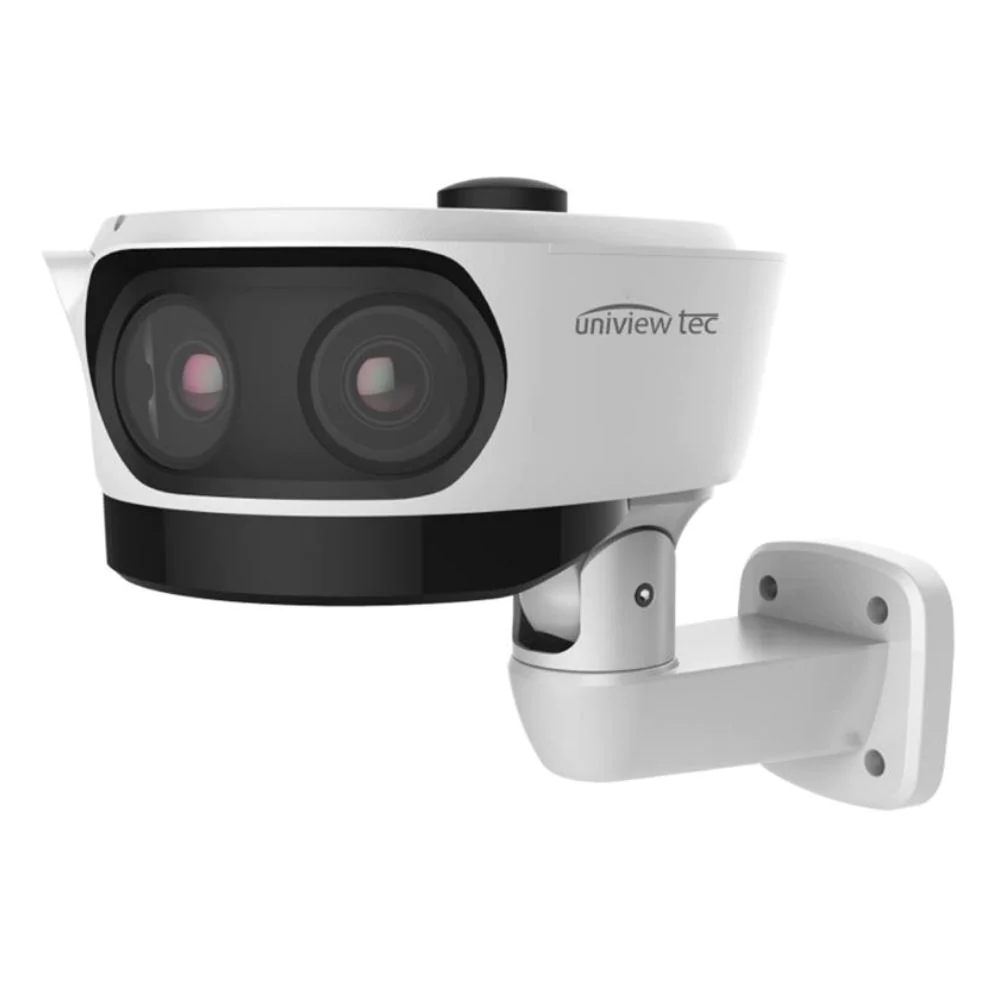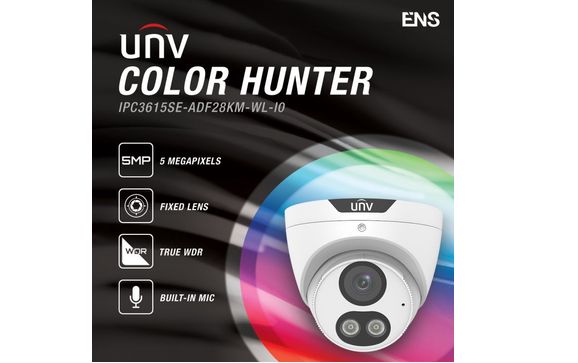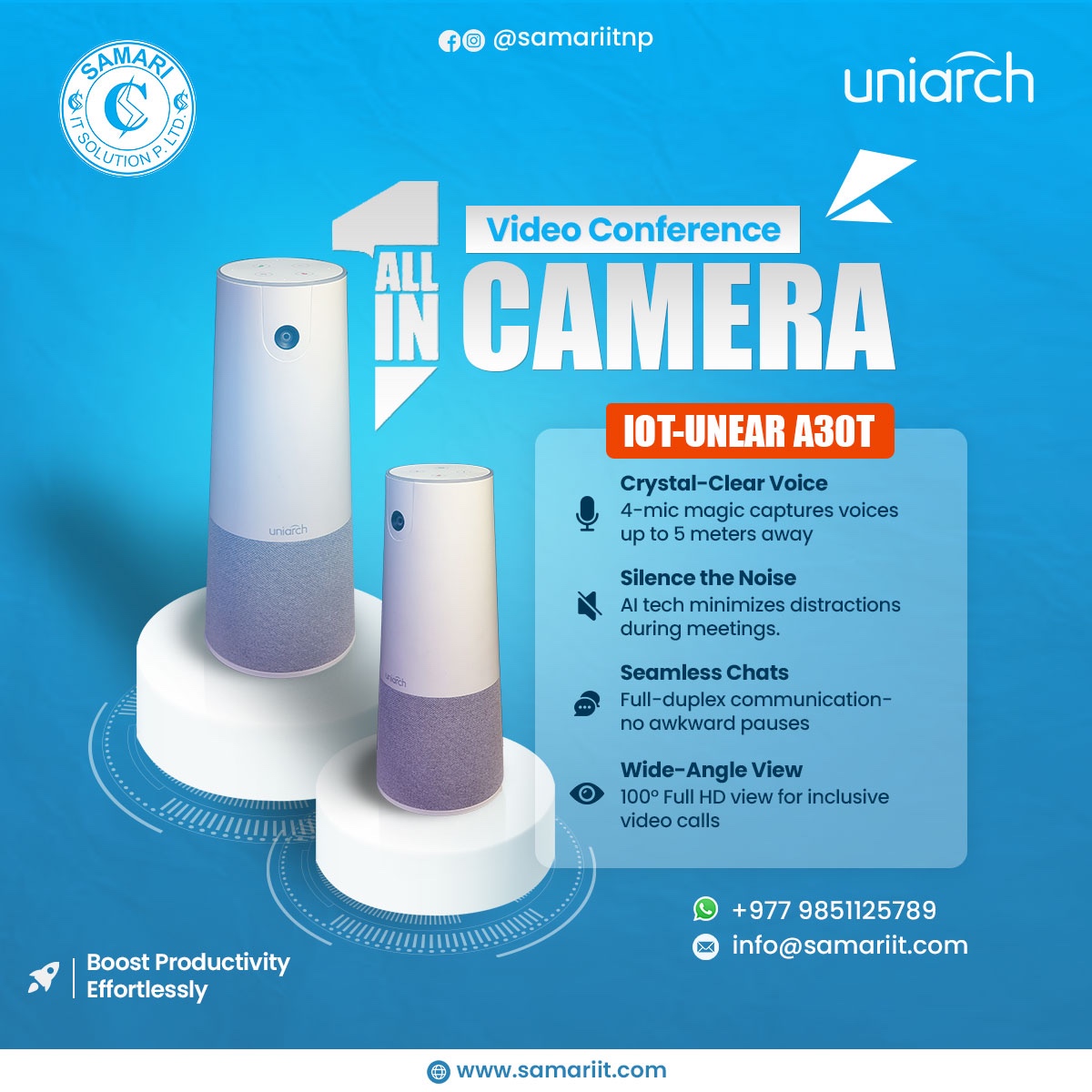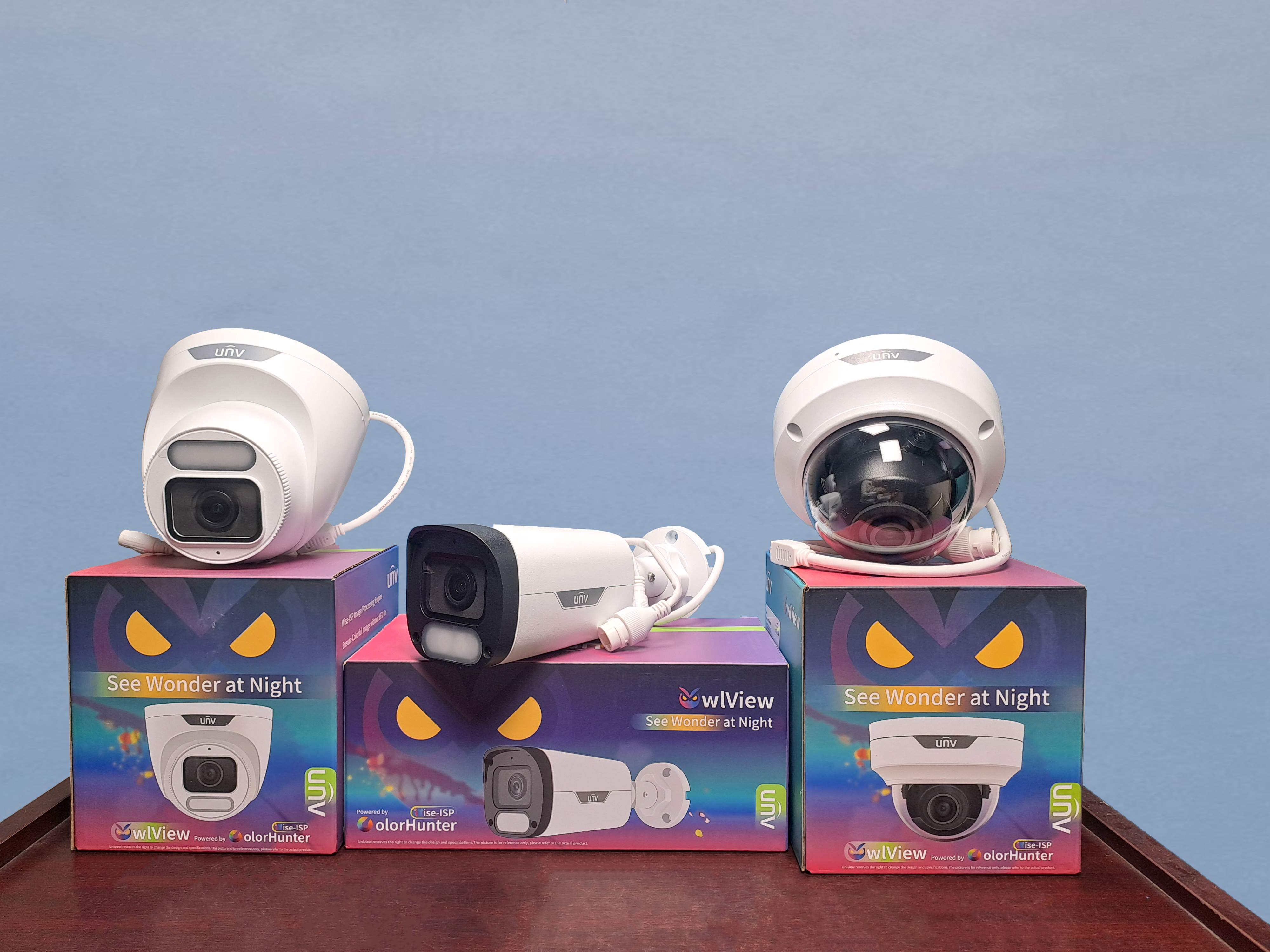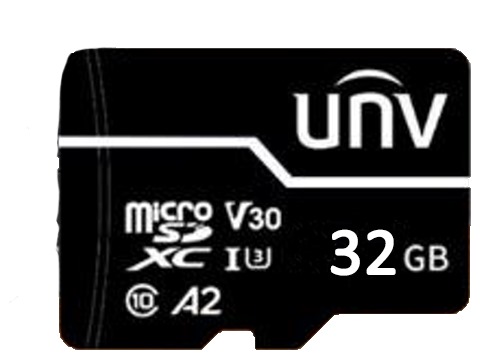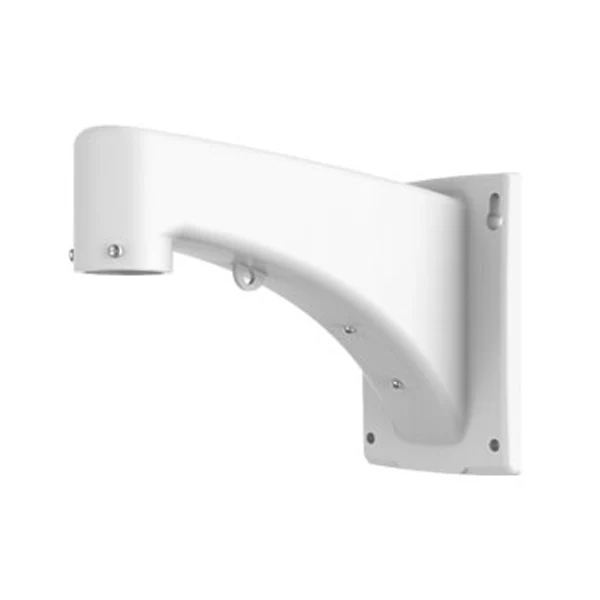Wide Dynamic Range
WDR, Wide Dynamic Range which is a crucial technology in IP cameras that enables them to capture clear images and videos in challenging lighting conditions, where there's a significant difference between the brightest and darkest areas of the scene. Imagine a camera pointed at a doorway with bright sunlight outside and a dimly lit hallway inside. Without WDR, the camera might capture either:
- Overexposed image: The outside area is clear but the hallway details are lost in darkness.
- Underexposed image: The hallway is visible, but the outside is a whitewashed blur.
WDR solves these problems by:
- Capturing multiple exposures: The camera takes several images at different exposure levels, capturing both bright and dark areas individually.
- Merging the exposures: Using advanced algorithms, the camera combines these images, extracting the best details from each to create a final image with a balanced exposure.
Dynamic Range: The Key Player
Dynamic range refers to the difference between the brightest and darkest parts of an image that a camera can capture. WDR cameras boast a high dynamic range, meaning they can handle larger differences in brightness than standard cameras. This makes them ideal for various applications, including:
- Surveillance: Monitoring areas with contrasting lighting, like parking lots, entrances, or outdoor spaces with bright sunlight and shaded corners.
- Traffic monitoring: Capturing clear details of vehicles and license plates even under bright headlights or against dark backgrounds.
- Retail stores: Seeing both customers and merchandise under the mix of natural and artificial lighting.
Ultimately, WDR technology plays a vital role in ensuring IP cameras perform effectively in real-world scenarios with diverse lighting conditions. By offering a wider dynamic range, they capture clearer and more informative images and videos, enhancing security, monitoring, and various other applications.
